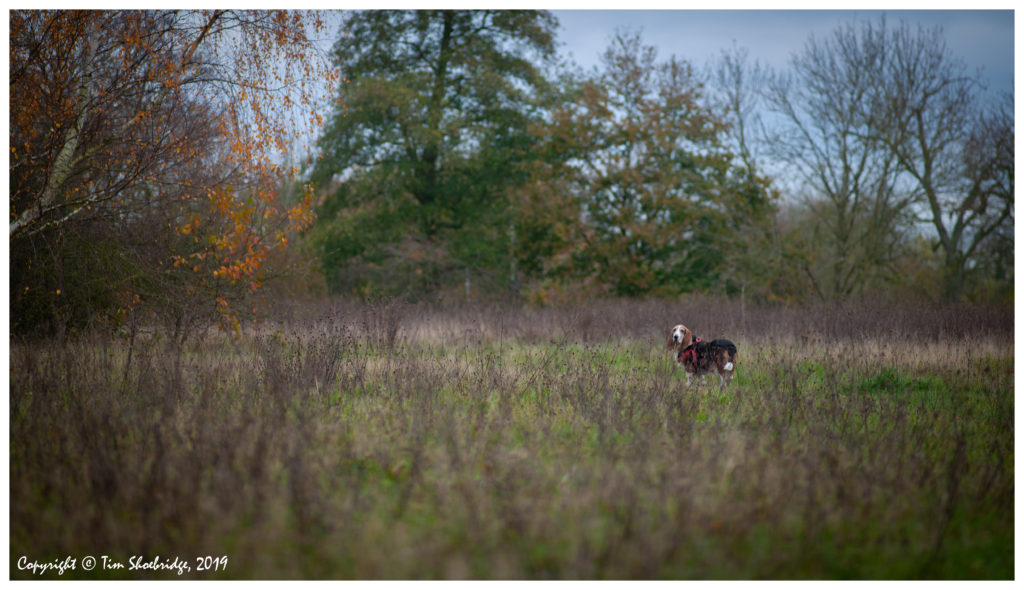Mamiya ZD | Subject Separation
(Click on the images for larger versions)

I have been taking my ZD with me the last few occasions I have been walking my dog. What most of the images have in common that I am posting here, apart from capturing autumn colours, is subject separation.

Subject separation is something that gets easier and is more naturally attainable the larger the camera sensor becomes. Like it or not, medium format digital does have certain advantages and for some is worth the money.
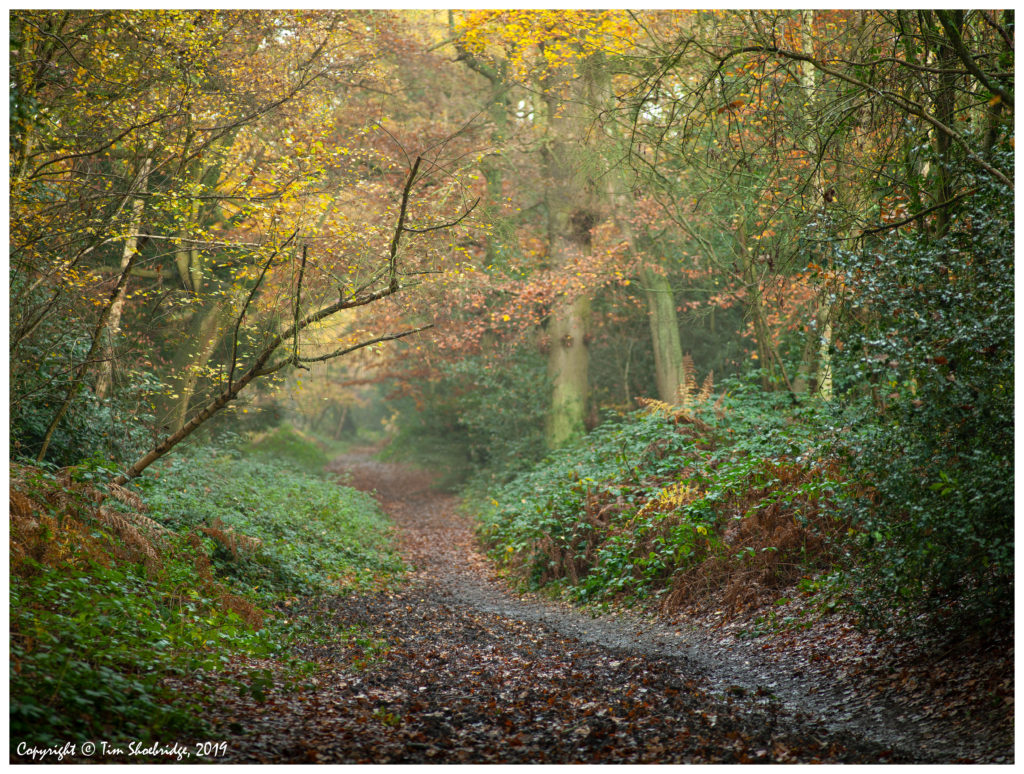
Talking of money, the Mamiya ZD is relatively dirt cheap these days and so are the lenses in comparison with current full frame mirrorless camera systems from the likes of Sony, Nikon, Fujifilm and Canon.
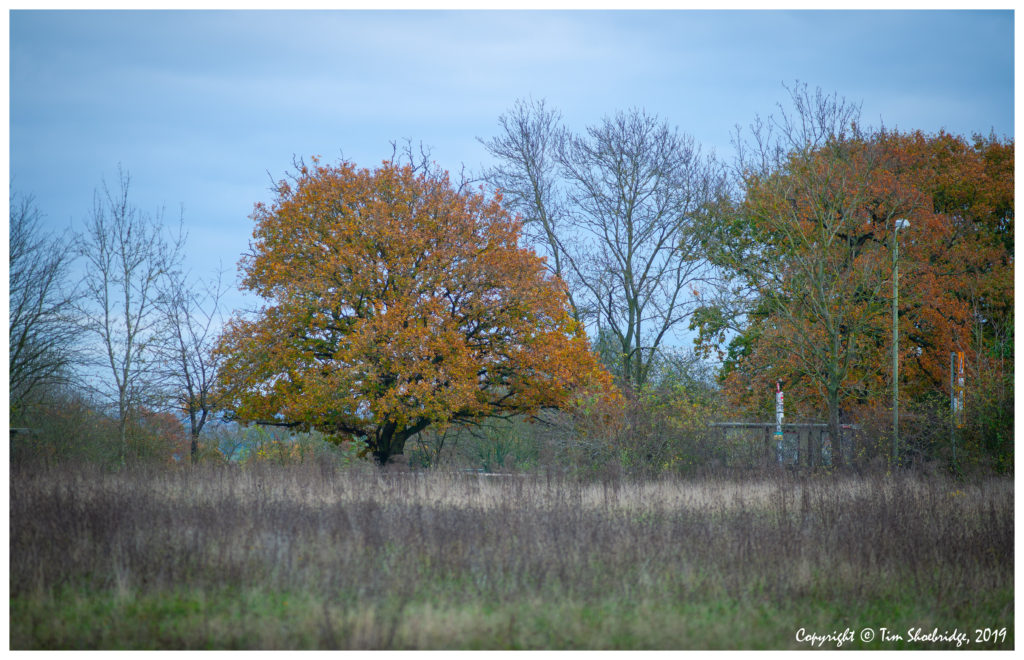
In terms of sensor size, the sensor in the ZD is 48mm x 36mm, larger than the current mirrorless digital cameras made by Fujifilm and Hasselblad which are the smallest end of medium format at 44mm x 33mm.

In a lot of the images here, subject separation is subtle. Not every shot needs to look straight out of Hollywood! Subtle separation helps to add depth to images and to give a feeling of space.

The lens I used for all these images was the Mamiya 645 AF 150mm f/3.5, a moderate telephoto lens, equivalent to 100mm on full frame.
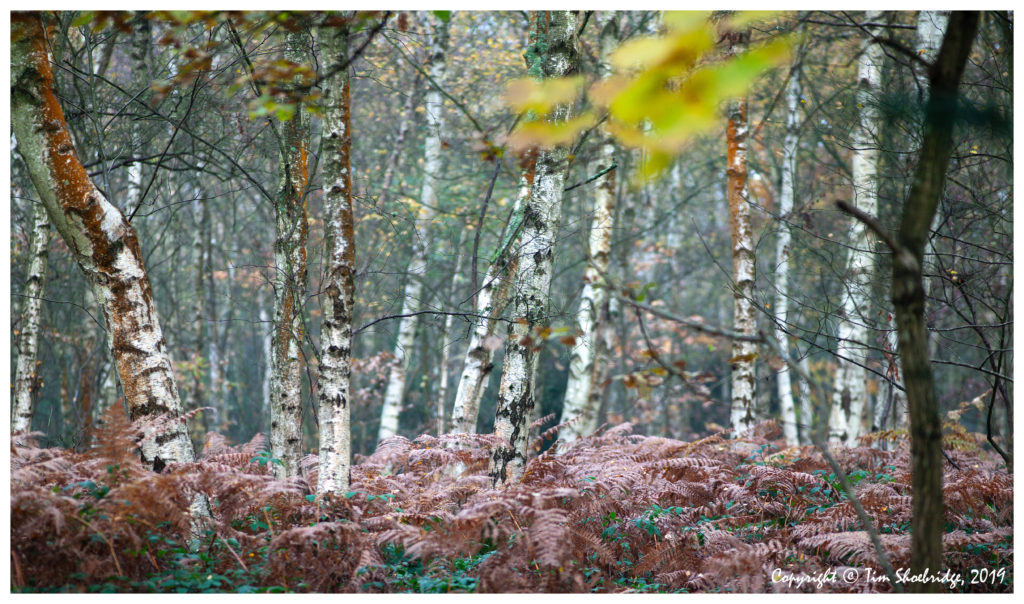
All shots were shot at widest aperture, enabling me to get some subject separation even when focussed at a subject 20 metres or more away.
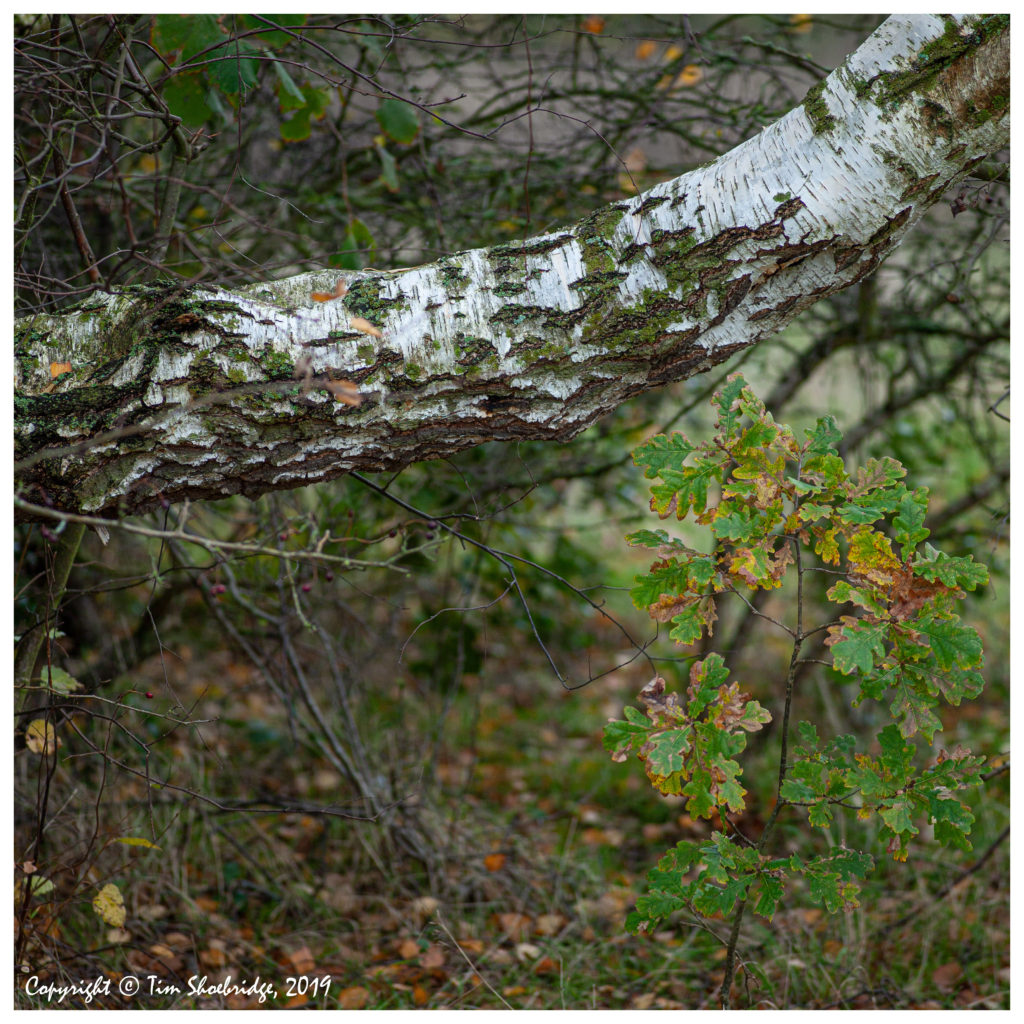
There’s nothing here that can not be achieved with a smaller sensor camera. I’m not suggesting that these images are unique to medium format digital. However they are easier to obtain, fairly effortlessly in fact with a standard or mild telephoto lens and even with a moderate wide angle.

There are just a few downsides to using the ZD in particular: First, avoid exposures longer than a couple of seconds, you’ll get horrible noise if you do. Second, stick to base ISO for best results, which is just 50 ISO! Third, remember to carry a tripod, it’s a big camera, the lens focal lengths are long, and camera shake is a real concern in anything less than good light. Finally, be patient, trust your focus and get the exposure right! There’s little opportunity to check these things in-camera due to the tiny LCD.
